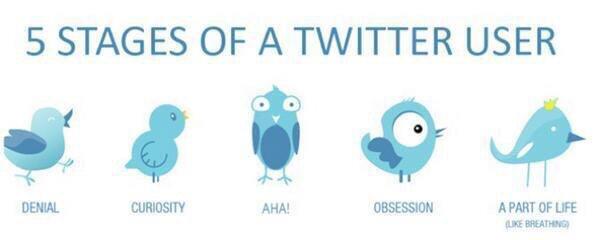
This week was transformational for me as a social networker! I attended my first #EdCampOmaha and grew as a Tweeter!
I followed the Twitter feed prior to the event. I could tell there was an energy from great people with great ideas involved in this event! When I Tweeted that I was excited to attend my first Ed Camp, four people replied to me with messages of welcome. As I arrived at the event people helped helped me include my Twitter handle on my nametag and understand how the Ed Camp worked. It was great to see so many teachers I work with attending the event so we could learn together. I found sessions to focus as much on collaboration between educators as on content. Everyone was up and moving, learning and sharing ideas. In addition to meeting amazing teachers, I also met a new human robot named Nau and learned how it helps special ed students learn needed skills. By the time I left I had added many people to my Twitter PLN, and many now followed me also. And when I got home I was able to access session notes via the website, and I Tweeted and emailed ideas I shared to teachers I met. It was a growing time for me and I look forward to the next Ed Camp!
Since returning, my Twitter Professional Learning Network has continued to grow! Following the proposed stages of a Twitter User I describe my growth during this week as going from AHA! to Obsession and now it is a Part of Life for me!
 Ten highlights I share that made a difference for me in this Twitter growth process:
Ten highlights I share that made a difference for me in this Twitter growth process:1. Attend professional events where you collaborate and share your Twitter handle.
2. Follow up with educators you meet at conferences and with whom you may want to collaborate.
3. Share your Tweets widely. I used #edchat in addition to #nebedchat to connect with a wider audience.
4. #Follow and Learn from these Educators. My name was listed in a group of amazing educators and distributed by an amazing collaborator @ShiftParadigm who connected me with many, and I followed up!
5. It's important to thank people for following you! Connect on a personal level.
6. When you see something of interest reply to a Tweet. I got invited to join a book discussion!
7. Write a blog to share original ideas, in addition to retweets, and Tweet the link.
8. Enjoy meeting leaders from around the world! I connected with #aussieED and was wished a "G'Day" to start my morning!
9. Download Tweetdeck.Twitter.com to view your #follows in neat columns.
10. Have fun!



